1. Wolverine – Northern Rockies & Pacific Northwest

Known for their resilience, Wolverines are fighting a tough battle against climate change and habitat fragmentation. Found in the Northern Rockies and Pacific Northwest, they symbolize the rugged wilderness of states like Montana, Idaho, and Washington. Exploring these rugged landscapes allows you to support the preservation of some of America’s last truly wild places.
2. Red Wolf – North Carolina
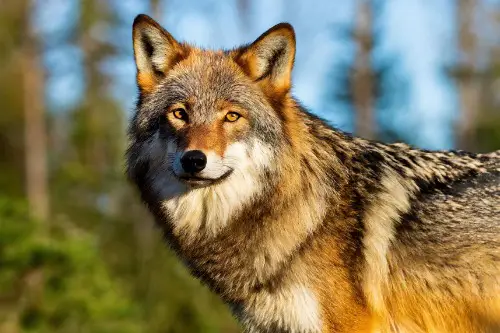
The Red Wolf, once native across the southeastern U.S., is now confined to eastern North Carolina. Only a few dozen remain in the wild due to hunting and habitat encroachment. North Carolina’s stunning coastal plains and wetlands make it worth a trip—not to mention the chance to glimpse these elusive, copper-colored wolves in their native habitat.
3. Hawaiian Monk Seal – Hawaii
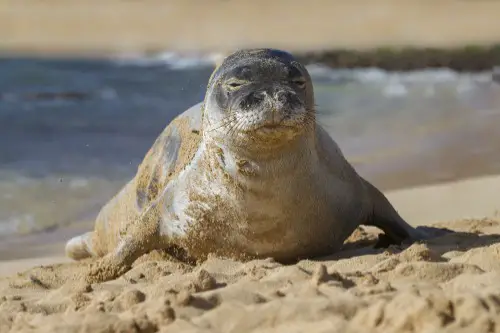
Hawaii’s crystal-blue waters aren’t just perfect for snorkeling—they’re also home to one of the world’s rarest marine mammals, the Hawaiian Monk Seal. With fewer than 1,500 left, they’re facing challenges from climate change and human interference. A visit to the islands offers a unique opportunity to support local conservation efforts while immersing yourself in paradise.
4. Black-Footed Ferret – South Dakota & Wyoming
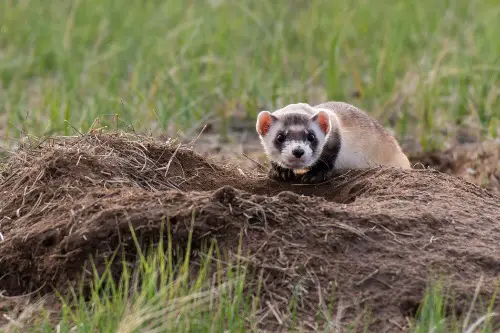
The Black-Footed Ferret is like a real-life mini ninja of the prairies, once nearly wiped out but rediscovered in the wild in the 1980s. Now, South Dakota’s Badlands and Wyoming’s grasslands are crucial to their survival. Traveling here means experiencing rugged landscapes that mirror the resilience of the ferret itself.
5. California Condor – California & Arizona

Imagine a bird with a 10-foot wingspan soaring over the Grand Canyon or Big Sur cliffs—that’s the California Condor! Despite ongoing conservation, fewer than 500 survive due to lead poisoning and habitat loss. Visiting these scenic regions means you’re not just seeing America’s natural beauty but also supporting efforts to keep these majestic birds in the sky.
6. West Indian Manatee – Florida
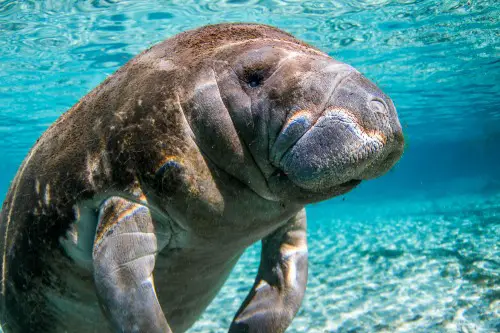
The gentle, slow-moving manatee is synonymous with Florida’s warm waters, particularly in the Crystal River area. These “sea cows” are endangered by boat strikes and pollution. Visiting Florida’s springs and rivers in winter gives you the chance to witness these giants in their natural habitat and support conservation that aims to keep them safe.
7. Gunnison Sage-Grouse – Colorado & Utah
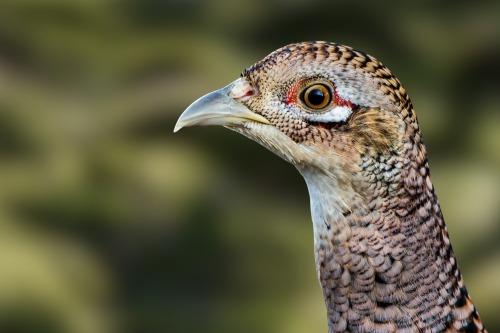
The quirky Gunnison Sage-Grouse, known for its dramatic courtship dances, has only a few thousand individuals left. Found in Colorado and Utah’s sagebrush steppe, these areas offer scenic beauty and outdoor adventure. Visiting here helps spotlight the need for habitat protection for this bird and countless other species.
8. Loggerhead Sea Turtle – Southeast U.S. Coast
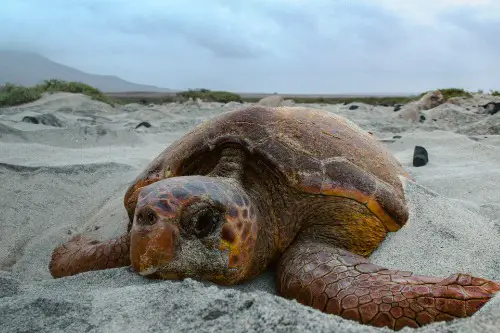
Loggerhead Sea Turtles nest along the sandy beaches of the southeastern U.S., especially in Florida and the Carolinas. Coastal development and climate change are shrinking their nesting grounds. Timing your visit to catch nesting season offers a unique chance to witness these ancient creatures while helping protect their vital habitats.
9. Mexican Gray Wolf – New Mexico & Arizona
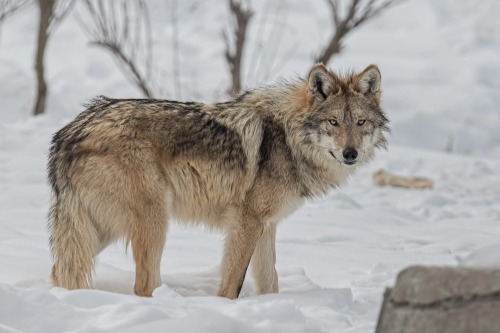
The Mexican Gray Wolf, or “Lobo,” is a subspecies of the gray wolf found primarily in Arizona and New Mexico. With fewer than 200 in the wild, they face challenges from poaching and limited genetic diversity. The desert and mountain landscapes of these states provide a striking backdrop to support wolf conservation.
10. Sierra Nevada Red Fox – California

This rare fox species, native to California’s rugged Sierra Nevada, has fewer than 50 individuals left in the wild. Living at high elevations, they face threats from climate change and habitat disruption. A trip to California’s Sierra mountains lets you explore breathtaking landscapes while supporting research efforts to save this elusive species.
11. Whooping Crane – Texas
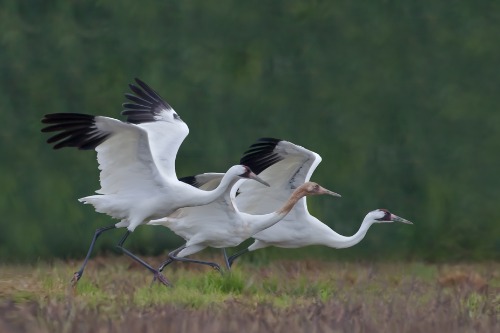
With only around 800 left in the wild, the Whooping Crane is one of North America’s rarest birds, primarily wintering in Texas. Visiting Texas’ Gulf Coast during winter offers a chance to see these towering, elegant cranes, and to support coastal conservation efforts that are vital for their survival.
12. Piping Plover – Great Lakes & Atlantic Coast
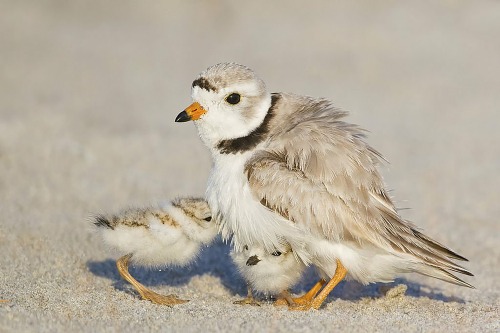
The Piping Plover’s soft whistles are barely heard in its shrinking range, from the Great Lakes to the Atlantic Coast. With their nests vulnerable to disturbance, these adorable little shorebirds need our help. Beach communities along their habitat provide opportunities to support local conservation and enjoy serene lakeside or beach vacations.
13. Atlantic Right Whale – Eastern Seaboard
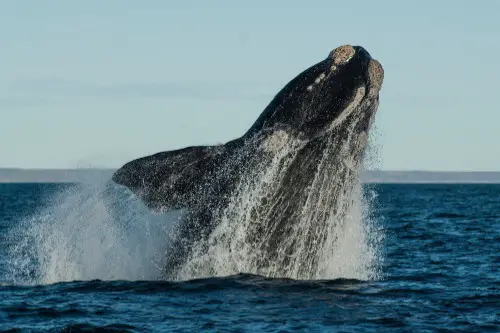
The Atlantic Right Whale is critically endangered, with fewer than 350 left due to ship collisions and fishing gear entanglement. Found along the Eastern Seaboard from Florida to Canada, taking a whale-watching trip is an unforgettable way to see them and bring awareness to the urgent need for their protection.
14. Florida Panther – Florida

The elusive Florida Panther is as Floridian as it gets! Found in the swampy wilderness of the Everglades, these big cats face serious threats from habitat loss and road collisions. If you visit the Sunshine State, exploring the Everglades not only gives you a chance to support panther conservation but also lets you enjoy the stunning beauty of mangroves, alligators, and rare bird species.


